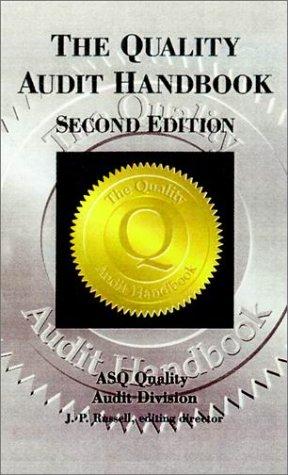Answered step by step
Verified Expert Solution
Question
1 Approved Answer
1 (10 marks) For each of the following questions, select the correct answer and fill it in in the blocks provided below. a) The beginning
1 (10 marks) For each of the following questions, select the correct answer and fill it in in the blocks provided below. a) The beginning finished goods inventory plus the cost of goods manufactured equals: [1] i. Ending finished goods inventory ii. Cost of goods sold for the period iii. Total work-in-process during the period iv. Total cost of goods manufactured for the period v. Cost of goods available for sale for the period b) Operating leverage refers to the extent to which an organisations cost structure is made up of: [1] i. Differential costs ii. Opportunity costs iii. Fixed costs iv. Relevant costs v. Product costs c) In general, the first budget prepared is the: Unsure [1] i. Production budget ii. Direct labour budget iii. Sales budget iv. Overhead budget v. Capital expenditure budget d) A decrease in the margin of safety would be a(n): [1] i. Increase in the total fixed costs ii. Increase in total revenue (sales) iii. Decrease in the break-even point iv. Decrease in the variable cost per unit e) Fixed costs per unit will: [1] i. remain fixed per unit as a function of the volume of production ii. vary per unit as a function of the volume of production iii. remain fixed per unit outside of the relevant range iv. vary per unit as a function of the relevant range f) An increase in the company tax rate from 15% to 30% will cause the breakeven number of units to [1] i. decrease ii. double iii. remain constant iv. increase g) The wages paid to the operator of a manufacuring machine can be categorised as: [1] i. period cost ii. direct labour iii. both h) The level of manufacturing acivity has increased during the month of March. The total variable costs will: [1] i. increase ii. decrease iii. remain the same i) In companies with a low operating leverage, the profit margin contributed by the products are relatively [1] i. large ii. small iii. could be large or small j) Companies make use of participative budgeting in order to: [1] i. obtain information from a grass root level ii. obtain a cost-benefit analysis iii. examine a variety of hypothetical conditions
Step by Step Solution
There are 3 Steps involved in it
Step: 1

Get Instant Access to Expert-Tailored Solutions
See step-by-step solutions with expert insights and AI powered tools for academic success
Step: 2

Step: 3

Ace Your Homework with AI
Get the answers you need in no time with our AI-driven, step-by-step assistance
Get Started


